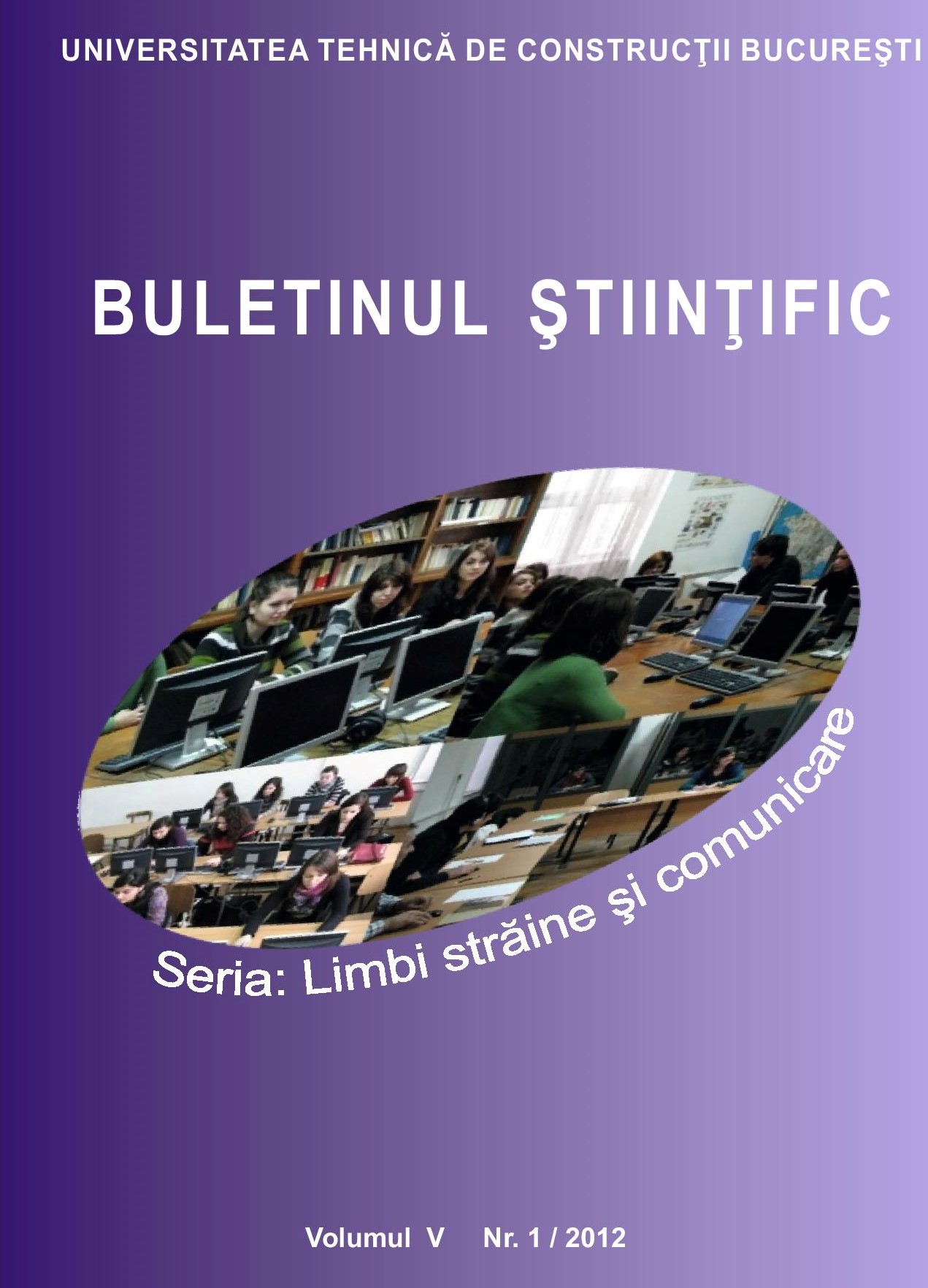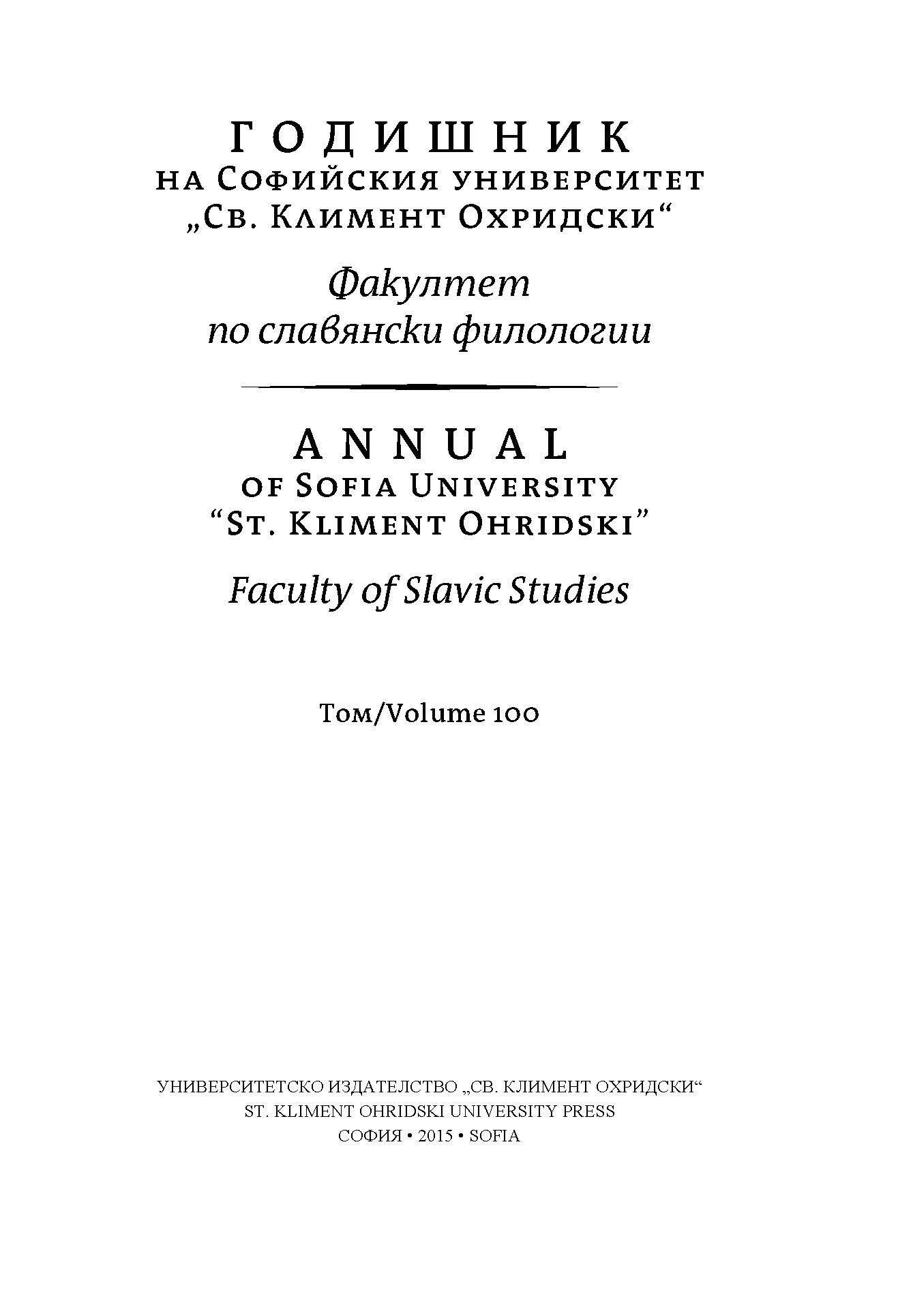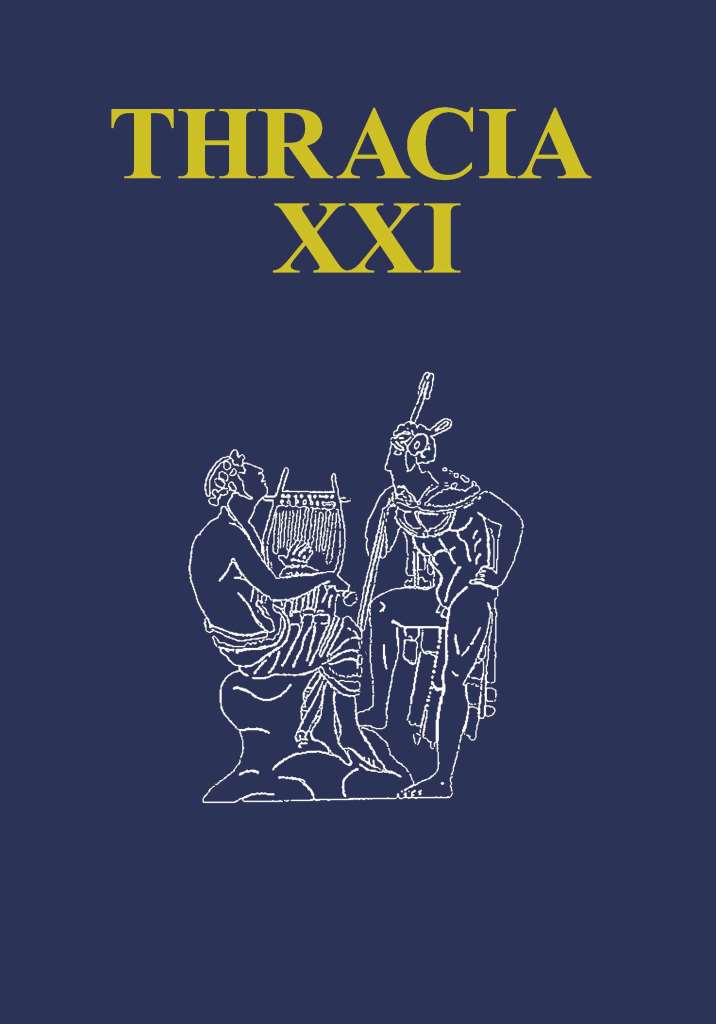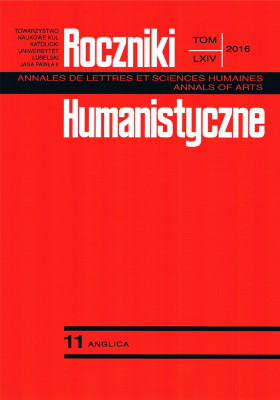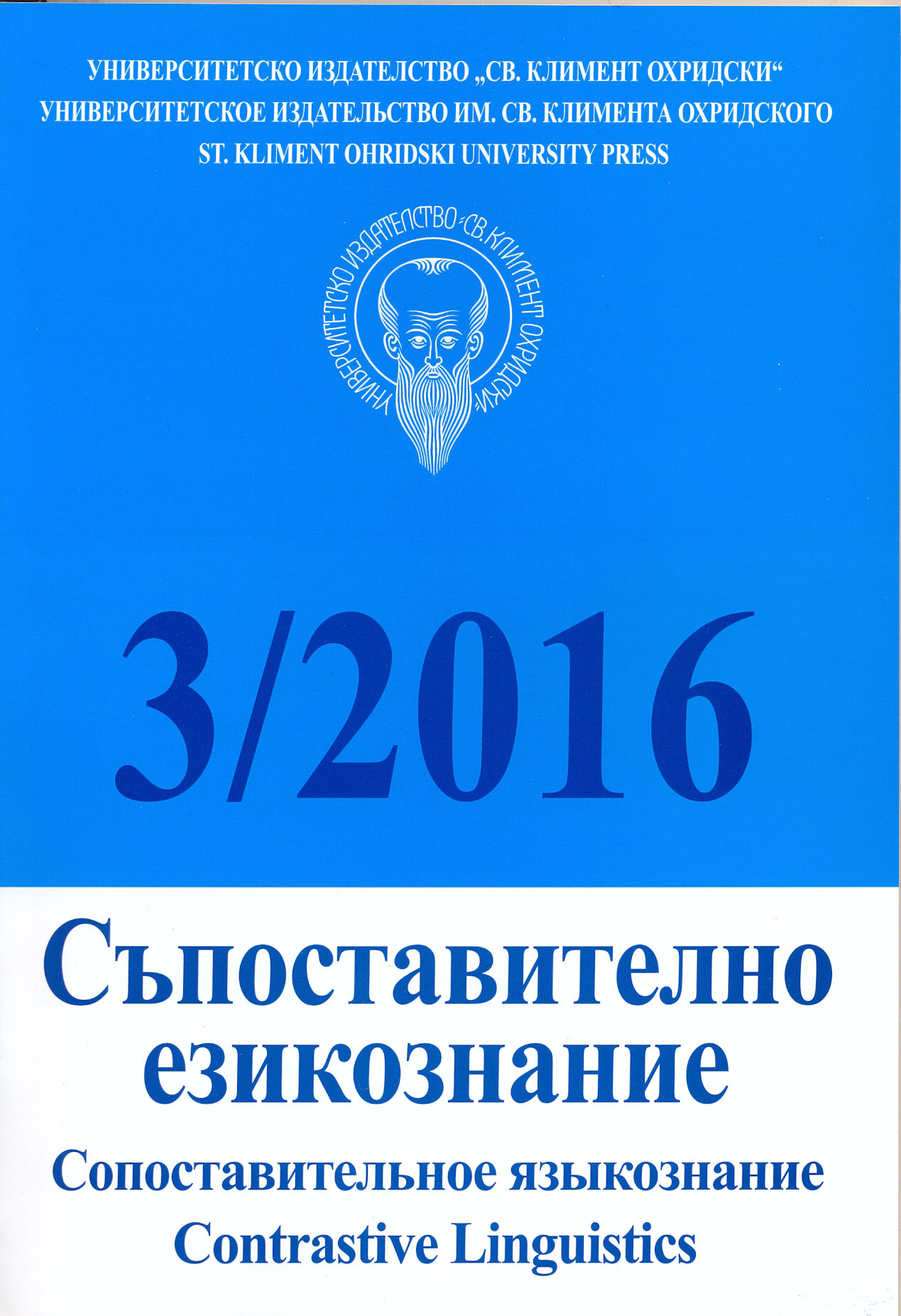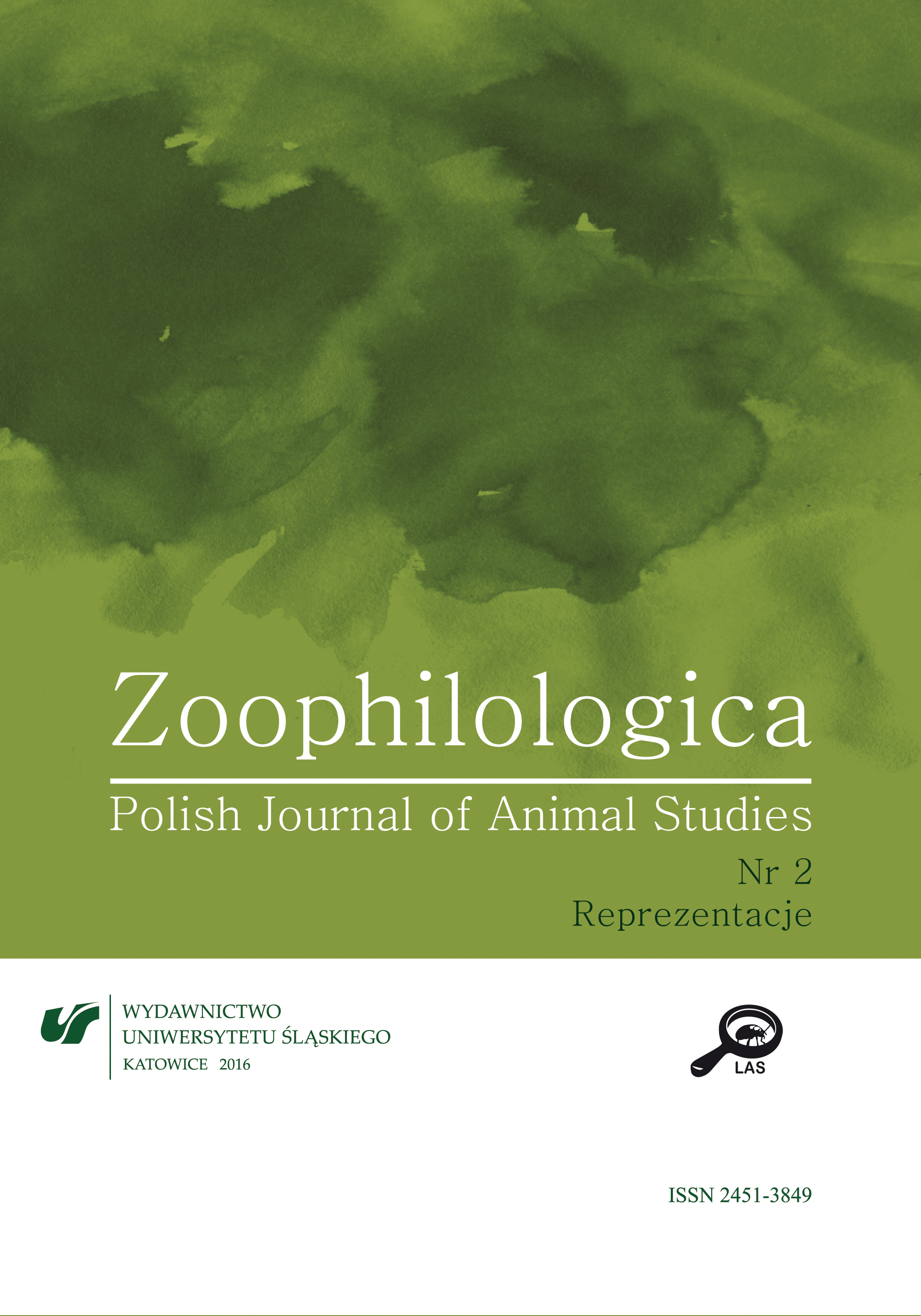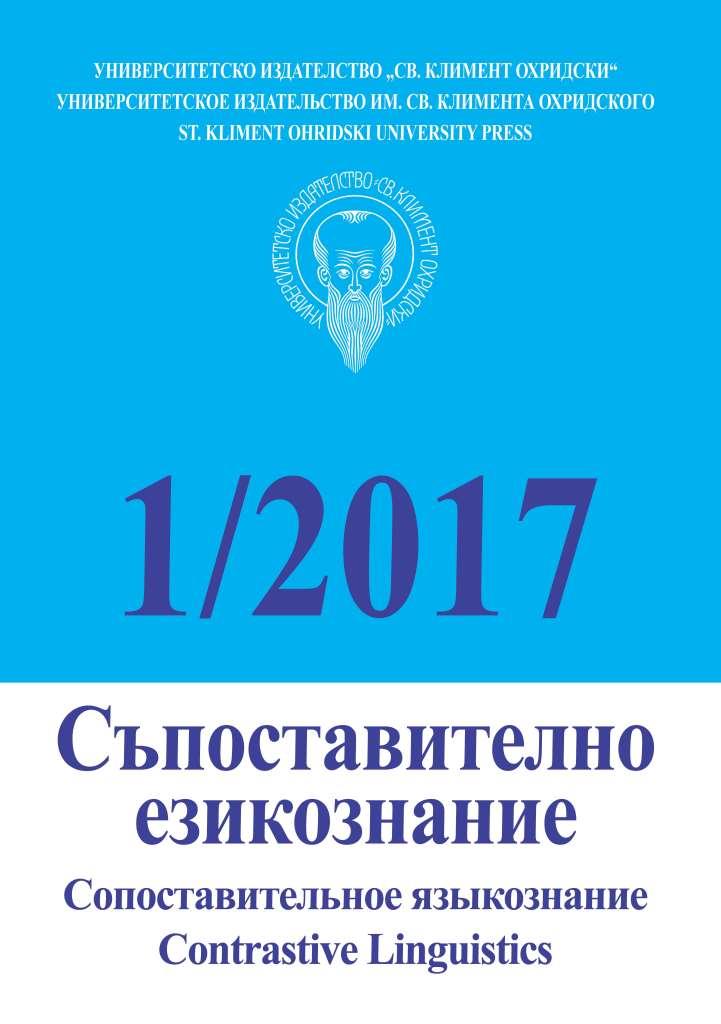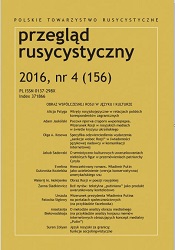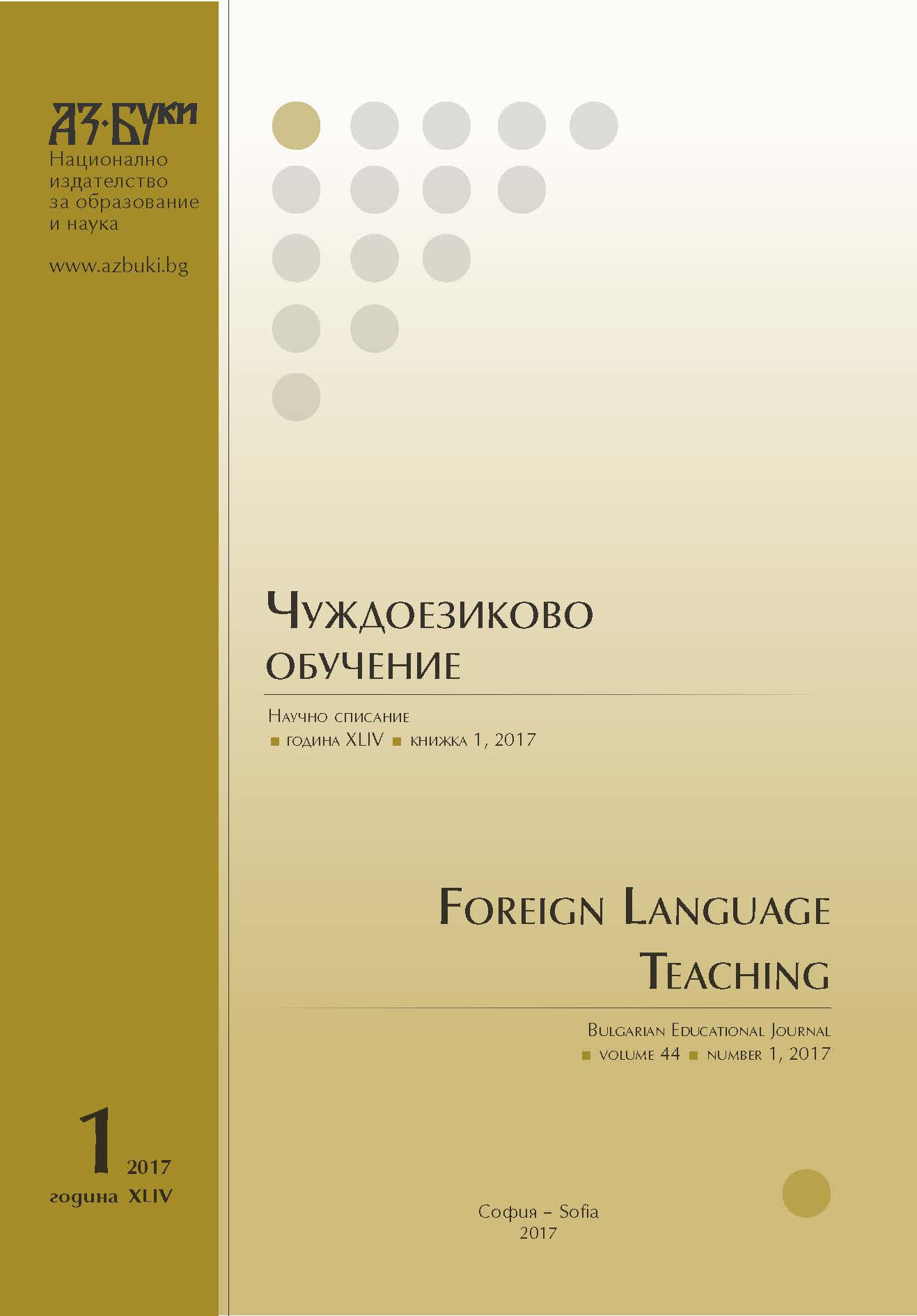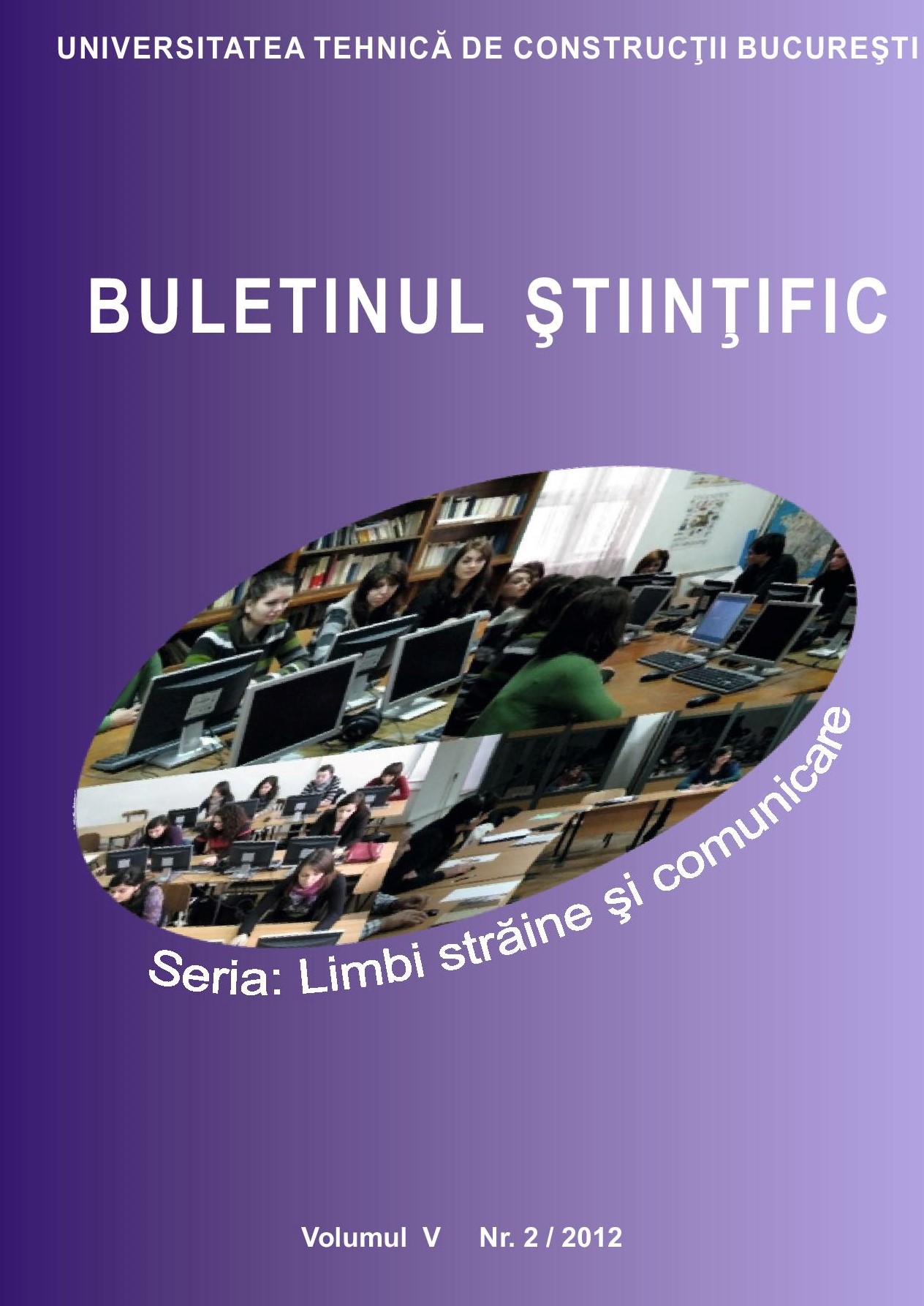
METAFORA MEDICALĂ ÎN MASS MEDIA DIN ROMÂNIA
The purpose of this paper is to present an analysis of medical metaphors discovered in Romanian newspapers, starting from a referential book on conceptual metaphors, written by linguists George Lakoff and Mark Johnson. Journalistic metaphors stand out through a different function from the classical one, but nevertheless essential in the journalistic language: it is a means of emphasizing the message. Medical metaphors are a constant presence in the journalistic style and have a powerful impact on readers; however, their use in mass-media has often been put under doubt.
More...
